Ready to start a garden? You may plant these veggie kinds earlier in the period of growth.
Some vegetable kinds are cold-hardy enough to be grown shortly before the period of growth, so you don’t have to delay till the hottest days of springtime to begin sowing them in your vegetable patch.
Veggies that can withstand an unforeseen cold or be sown when the substrate remains comparatively firm are the ideal ones to germinate at the start of spring. Veggies that are heat-sensitive should also be grown sooner instead of later.
We’re going to share the veggies you should plant in the soil initially to assist with your schedule and your springtime landscape.
Sets of Onions:
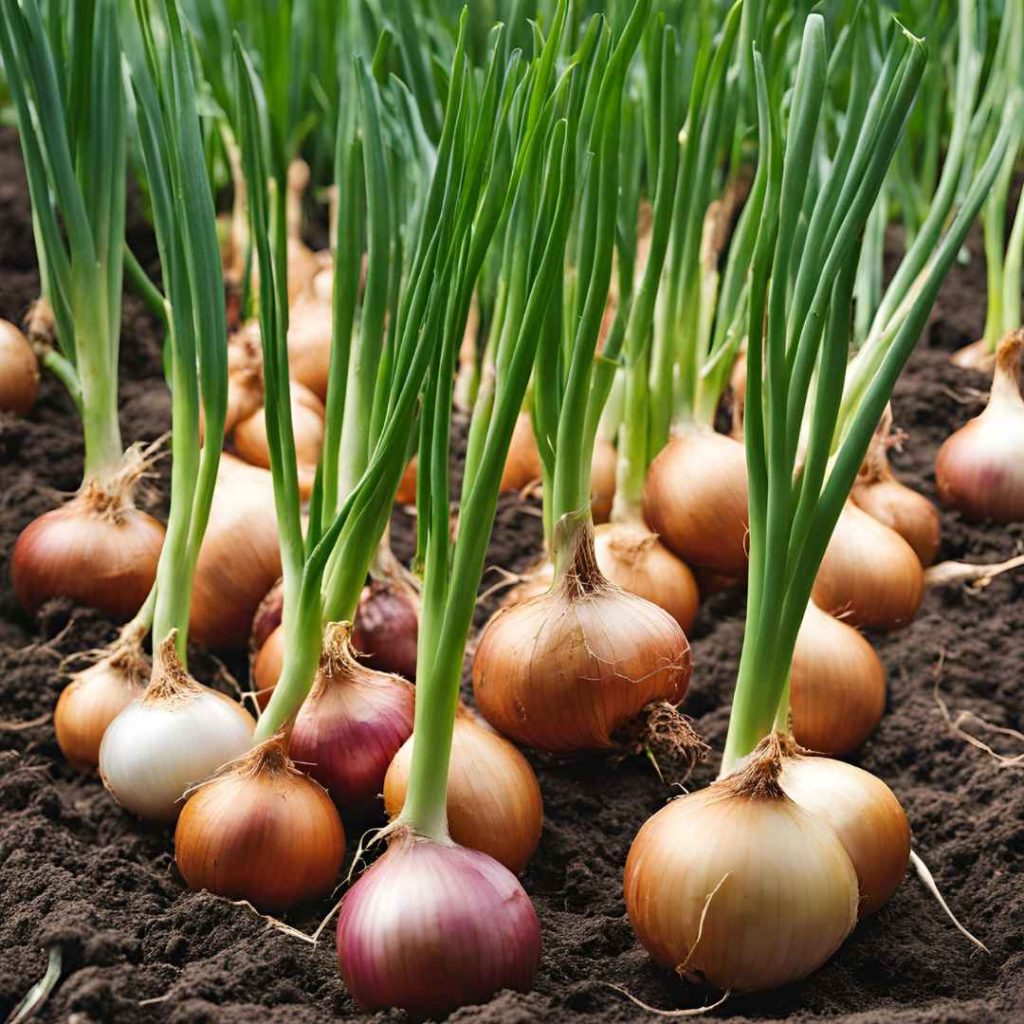
Though onions may be grown directly in the vegetable patch immediately as the ground can be plowed in the first weeks of spring, you will have a significant advantage on the growing time if you cultivate “sets” (as opposed to seed).
Onions are fairly resistant to cold. Onion bunches are tiny, immature onions that were started from seedlings the previous season of development. The majority of gardening stores carry the roughly 1.5 cm-sized bulbs, which were recently desiccated for preservation.
Whenever the temperature rises to about 12°C, which usually happens by late March, the parasols will become active again. In lower temperatures, they will stay inactive but protected. Plant onion bulbs no deeper than four centimeters into damp ground.
Ascertain that the onion’s head is barely visible above the ground. Plant cloves are about fifteen to twenty centimeters separated, with thirty centimeters separating between every row. When summertime is almost over, onions can be gathered and preserved for storing.
Lettuce:

Lettuce is a fantastic product to grow promptly because it generally favors the serene, humid climate of the beginning of springtime and frequently requires shielding from harsh warmth throughout the growing period.
Consider employing a protective covering or Simple Dome to prepare the ground for sooner transplanting. Lettuce seedlings can be simply put into the greenhouse once the temperature has increased to four degrees Celsius or higher.
The ideal way to give the young plants an optimal beginning is to scatter the little seeds generously across the substrate and wrap with only a single layer of substrate, no deeper than 1 cm. You can use an Exact Twister or a screen for this.
Trim the young plants based on the variety of lettuce after they reach a height of five centimeters and develop an array of the real foliage.
Different types of spike lettuce require a fifteen to thirty centimeter gap between them. Slice and Come Once more, variety can be arranged in chunks instead of rows with greater accuracy.
It’s an excellent choice to begin cultivating promptly and plant lettuce seedlings on a regular basis during the growing season for multiple crop yields because the lettuce plants flourish exceptionally brilliant in conditions between seven degrees and eighteen degrees Celsius.
Kale:
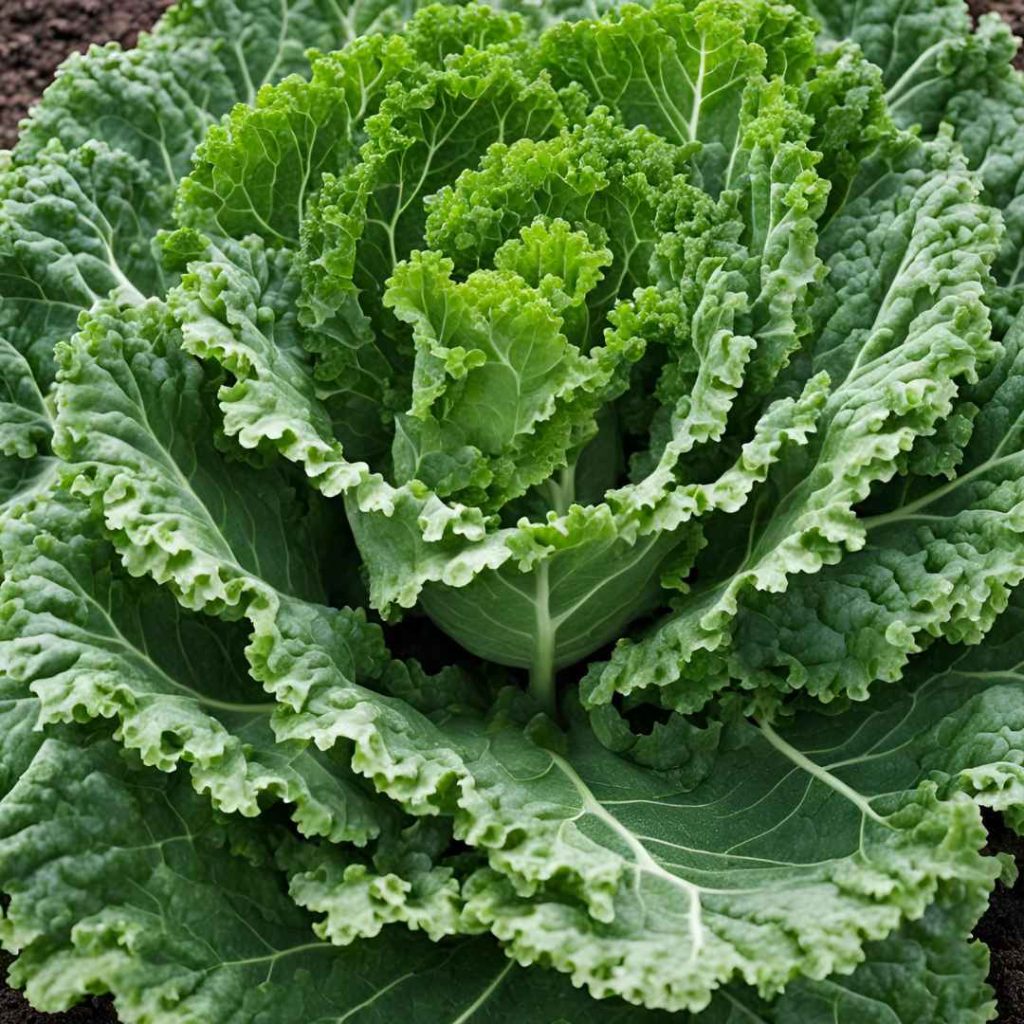
A highly healthy and adaptable agricultural product, kale produces an abundance of cut-and-come-again greenery in the beginning of July as well as in the fall.
As quickly as the substrate is feasible, kale sprouts can be sown in the vegetable patch for a springtime collection. Since they take a couple of weeks to grow into maturity, planting them promptly will enable you to begin gathering by the beginning of summer, when scorching temperatures may cause them to wrench. You can additionally gather earlier for mushy young kale leaflets to add to a salad preparation.
For full-sized kale, sow one centimeter deeply, and clip out sprouts after two weeks to space them ten to twelve centimeters away. You may collect more kale in the fall by sowing again in the final weeks of summertime, but for the tastiest kale, anticipate till the plants have experienced a severe freeze before collecting.
Radishes:

Radish is a very quick producer; it takes roughly a month from germination to harvesting, making it ideal for plugging in any gaps among slower-growing vegetables and adding vibrancy to your gardening area.
Sow radish grains straightaway in the beginning of April and keep sowing them at regular intervals to ensure continual yields of radish throughout the summertime. Radish seedlings can be pushed into tighter places if you desire a lesser yield. Bury them at a distance of 1.5 cm and five to ten centimeters separated, with twenty centimeters among lines.
Spinach:
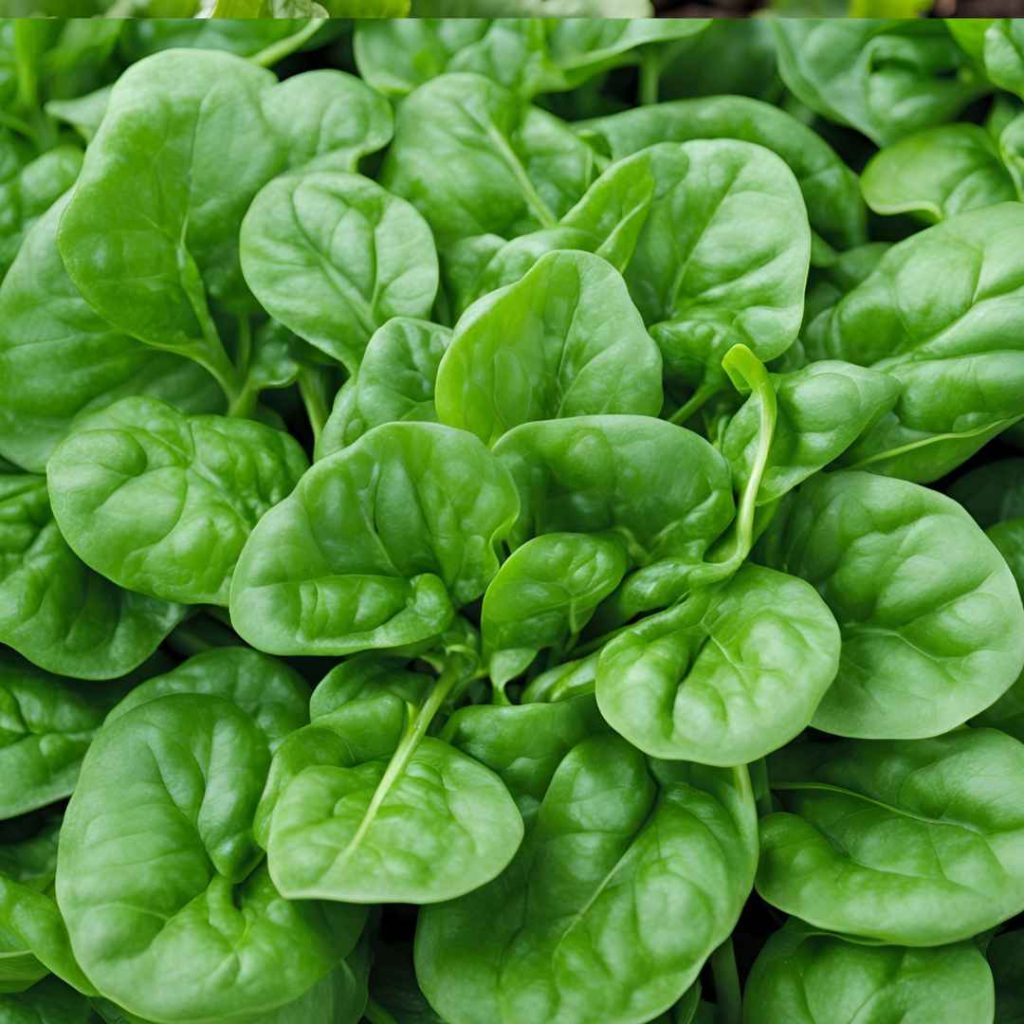
Since spinach requires an extended duration of chilly temperatures to grow from germination to leafy vegetables, it is a perfect earliest crop that may be harvested before other summertime harvests and salads.
Spread spinach grains about two centimeters beneath in lines whenever the substrate is accessible. When the greenery is five centimeters high, divide them ten centimeters aside. In springtime, cultivate further spinach seedlings at regular intervals to ensure a bountiful yield beforehand the scorching sun makes it unsuitable.
Rocket:
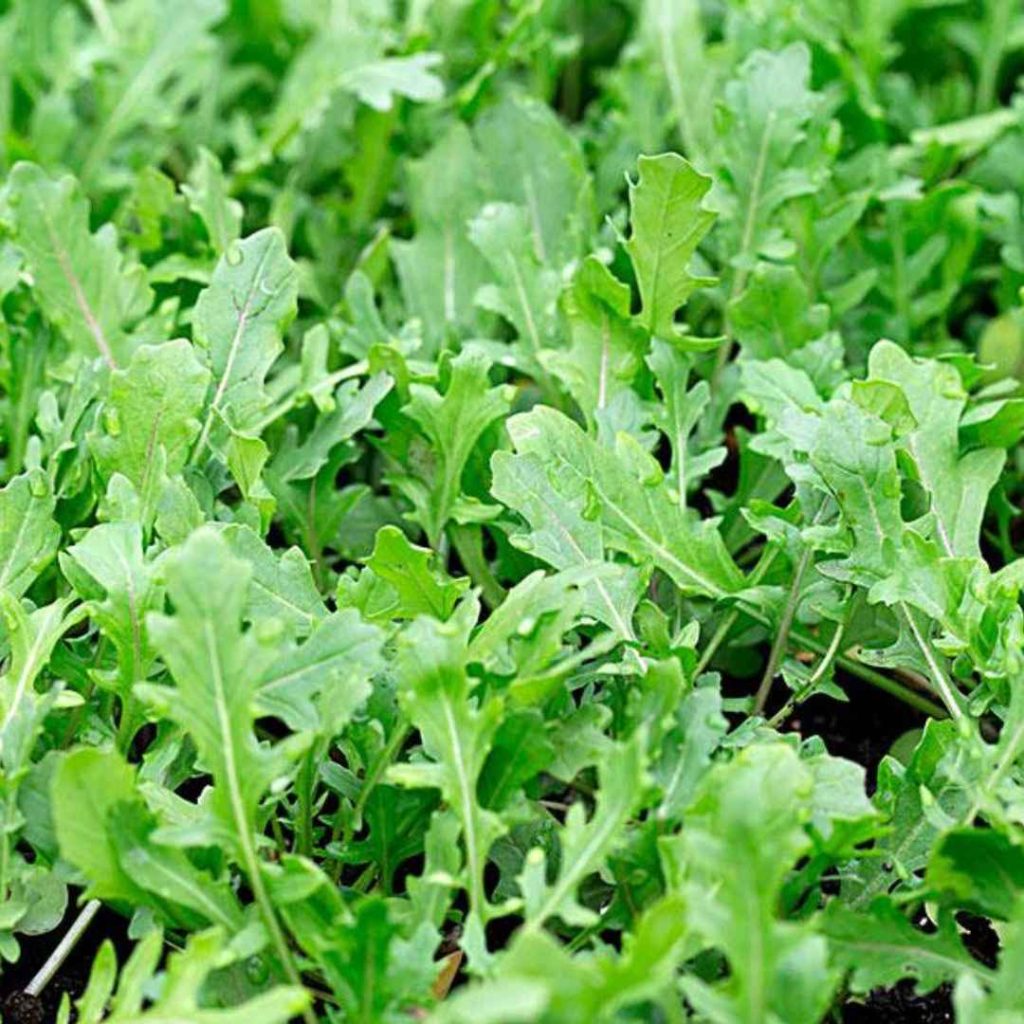
Continue planting promptly and pick frequently since jalapeno rocket foliage is tastier and softest when cultivated in lower temperatures and can withstand a little freeze. Directly distribute seedlings twenty centimeters away in sections, spreading down sprouts to fifteen centimeters once they are one centimeter deep.
In between six and eight weeks, rocket is prepared to be cultivated; it grows best in springtime conditions. The youngest leaflets flavor gentler and get a stronger aroma as they get older.
Beetroot:
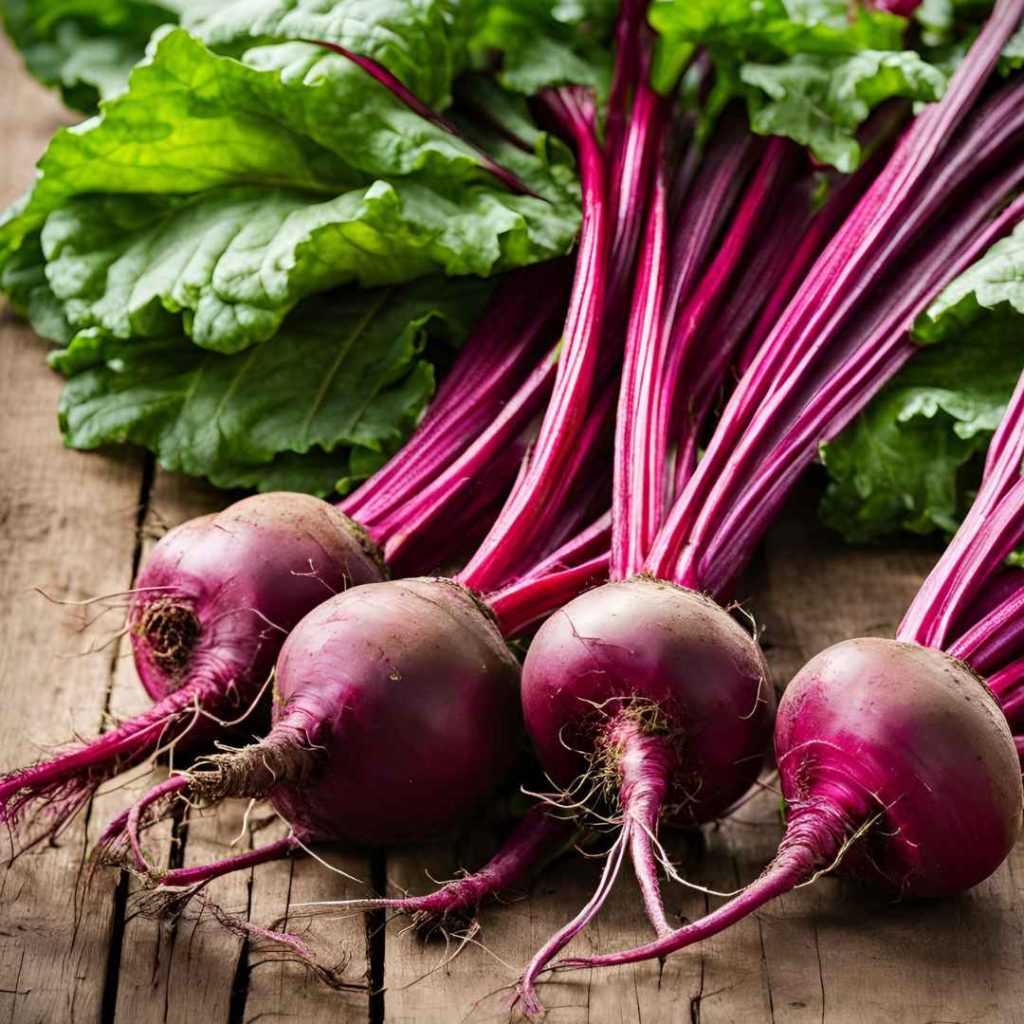
A colorful, nutrient-dense, and cold-hardy agricultural product, beetroot may withstand a few moderate springtime freezing temperatures. Submerge seedlings within water for twenty-four hours and use a plastic tunneling to preheat the ground before planting each five centimeters in superficial holes spaced thirty centimeters away to promote sprouting.
When sprouts reach a height of ten centimeters, space them ten centimeters away while maintaining the growing medium damp. For repeated harvesting, plant an additional crop of beet seedlings every two to three weeks till summertime.
Swiss Chard:
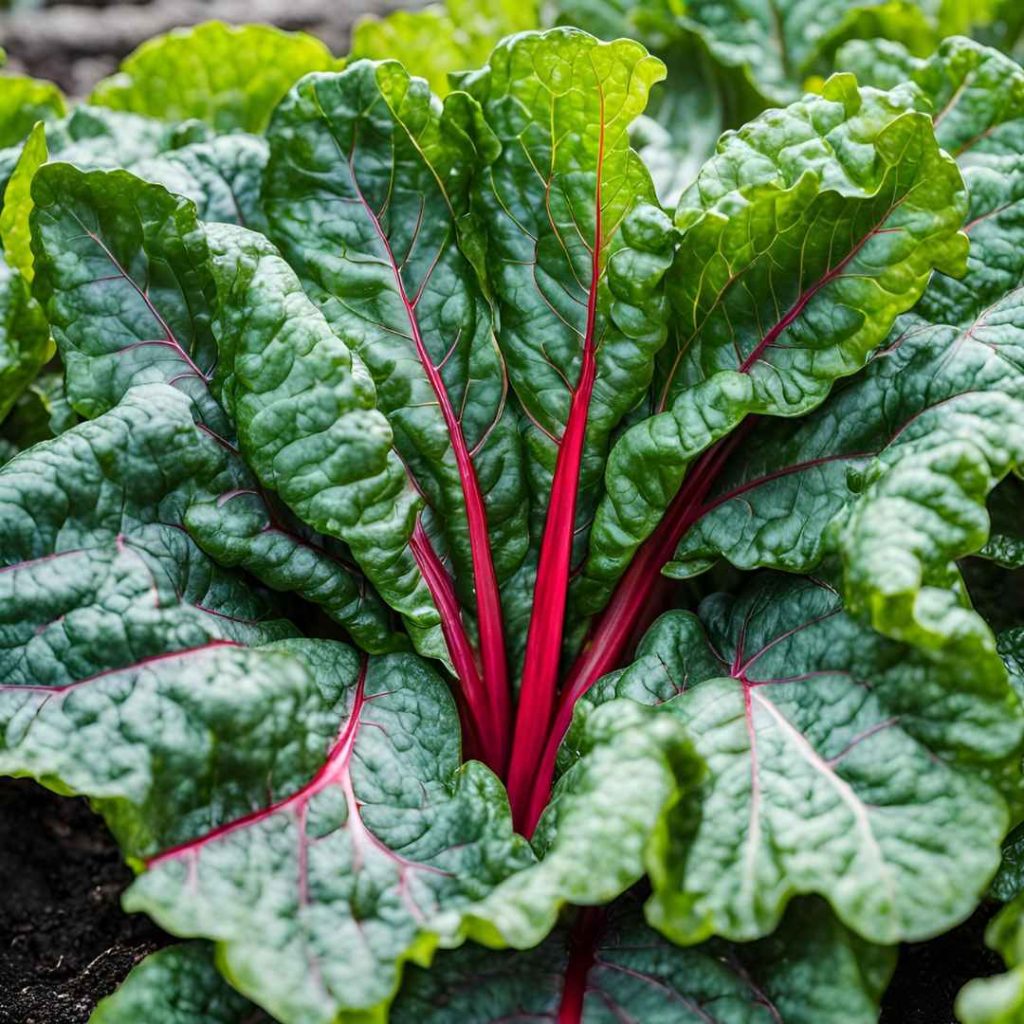
Swiss chard is a hardy green veggie that can withstand extremes of warmth and cold. It grows more slowly in the summertime but picks up steam in the changing seasons when the outside climate drops; it thrives at twenty-one degrees Celsius or underneath.
When the earth heats to about ten degrees Celsius, carefully sow Swiss chard seedlings in lines twenty meters away. Based on whether you want lots of little salad greens or some bigger leaves that can be steamed for a plant material, you should thin the sprouts to be ten to thirty centimeters away.
Chard is a cut-and-come-again production; to maintain continual productivity, gather the outside foliage in the springtime, summertime, and autumn.
Carrots:
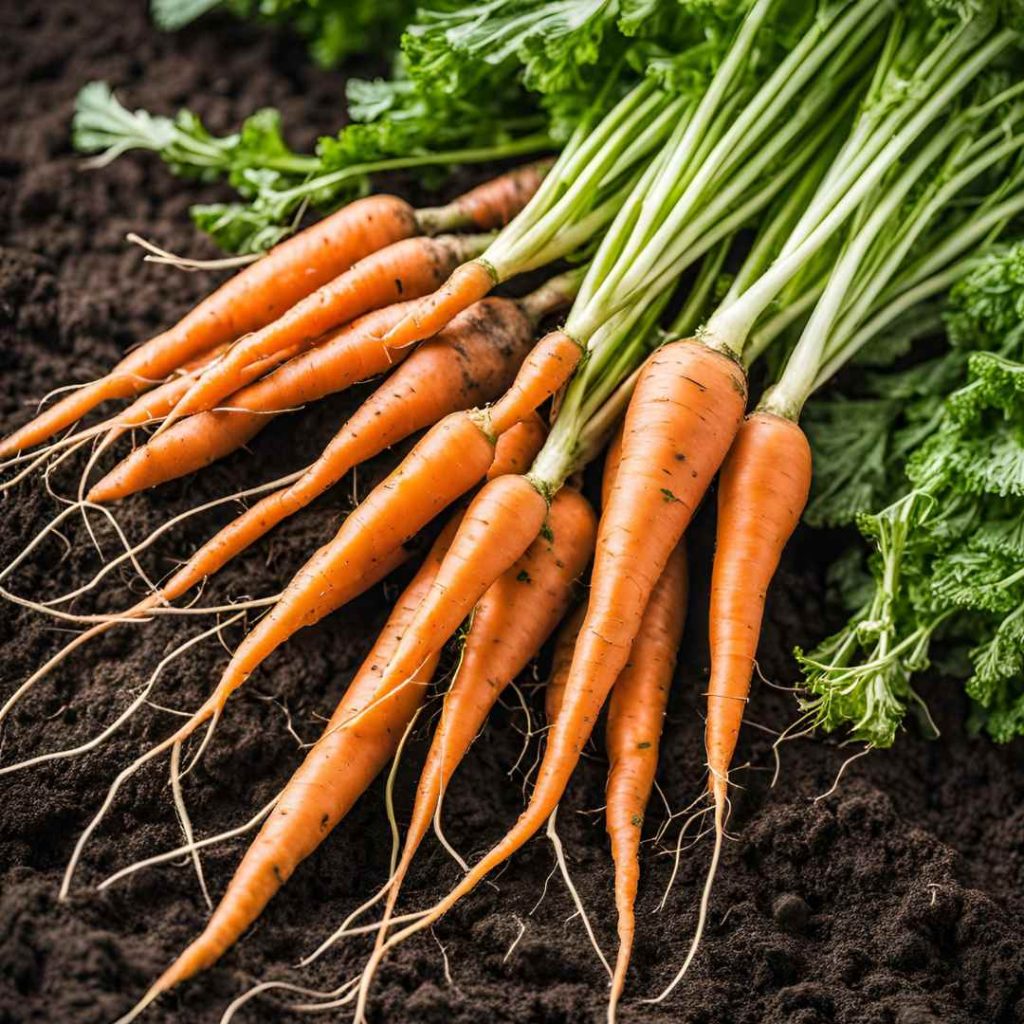
Carrots prefer the ground conditions of thirteen degrees Celsius or above, but it’s worthwhile getting started right away in an underground structure or conservatory to have delicious young carrots in the beginning of July.
Sow the seedlings delicately, leaving thirty centimeters among sections, and barely mulch the seeds in fertilizer. Applying a Micro Mesh Pesticide Shield will provide additional shielding and lessen the likelihood that you will be required to trim saplings as this will increase the likelihood of carrot flies attraction.
Peas:
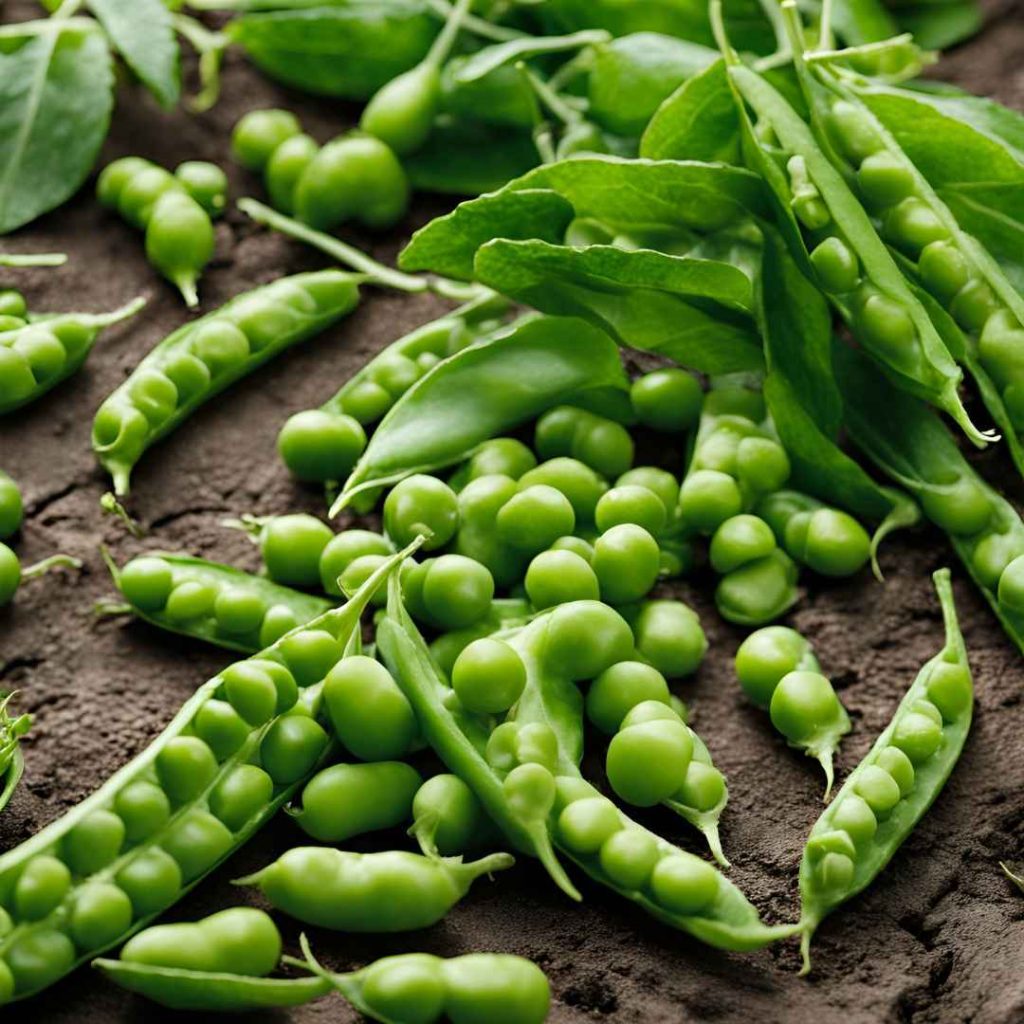
To take full advantage of your peas’ potential to regenerate nitrogen, plant them as quickly as possible. They tolerate mild chill and grow successfully in milder weather.
Spread peas three centimeters deeply, five centimeters separate, and twenty centimeters among lines. By using consecutive plantations, you can ensure consistent production and faster plant maturity once the ground grows warmer.
Peas require assistance as they grow; provide them using conventional pea stalks or burlap netting so they can climb up to a height of one and a half meters. In approximately sixty days, peas are supposed to be prepared for harvesting; to ensure the tastiest yield, pluck the kernels before they become tougher and less dense in appearance.
